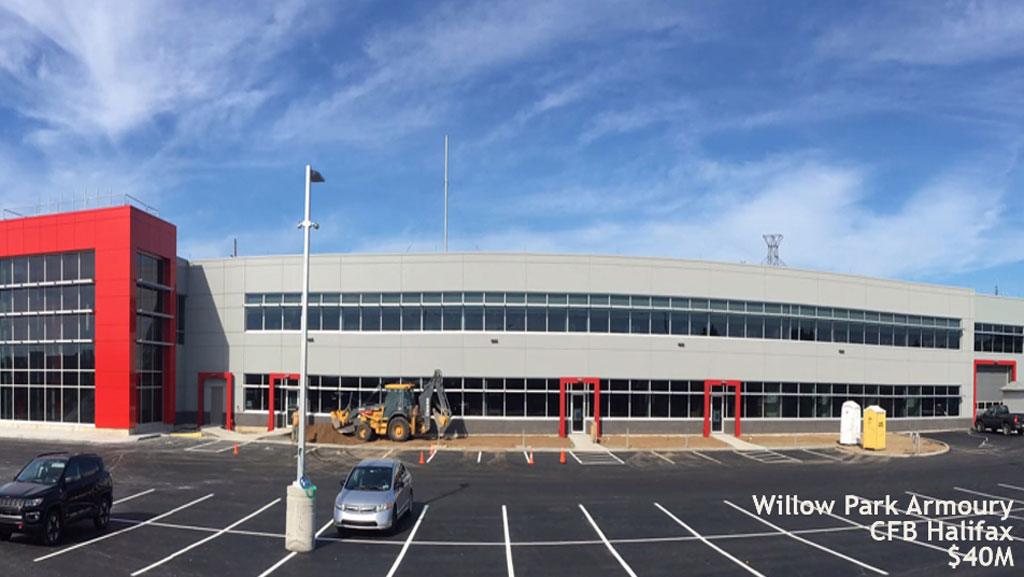Design-build is now a proven tool in the project delivery toolbox across Canada, experts speaking at a recent Canadian Design-Build Institute (CDBI) webinar agreed, with owners and design-builders finding ways to refine and improve the process year by year and project by project.
The theme of the webinar was Meeting the Needs of Project Owners, with speakers at the Oct. 28 event asked to address the premise that more owners are considering turning to alternative project delivery methods such as design-build to help fast-track their projects, especially during the pandemic when delays are rampant.
Time is saved on procurement and project management in design-build because the project owner contracts with the design-builder to provide both design and construction services in one package.
Among the variations of design-build discussed were modified design-build and progressive design-build (PDB).
An effective design process is iterative and requires a lot of conversation and dialogue between the owner and the designer,
— Melinda Nycholat
Defence Construction Canada
Melinda Nycholat, vice-president of operations at Defence Construction Canada, said the keys to each of the systems are encouraging innovation and providing flexibility.
DCC now favours modified design-build for many of its projects.
“Design-build provides better integration and collaboration between the designer and the contractor and it enables constructors input into the design which we feel adds value,” said Nycholat. “But the modified design-build also provides a lot of flexibility through the design which is important for us. We find an effective design process is iterative and requires a lot of conversation and dialogue between the owner and the designer to optimize that design. And the modified design-build proceeding on a timely basis through the design gives us the most flexibility.”
Traditional design-build is now only used on smaller projects, Nycholat said, explaining that with traditional, there is a lump sum based on performance specifications. Modified design-build is time-based through the design phase and there is a negotiated lump sum for the construction phase.
Modified design-build eliminates the need for advocate consultant costs, performance specifications and honorariums, Nycholat said. It’s efficient and problems are solved more easily.
Other panellists assembled for the discussion were Fred Antunes, deputy minister at Saskatchewan Ministry of Highways and Infrastructure; David Hubner, vice-president of transportation and utilities with Partnerships BC; Neil McFarlane, retired executive with Alberta Infrastructure; and Alain Gregoire, an infrastructure vice-president with Colliers Project Leaders.
The benefits of design-build, said Antunes, include that it presents opportunities for innovation, it leads to more cost and schedule certainty, it generally results in overall time savings, there is a greater focus on project objectives such as safety and quality, and risk is allocated to the party best able to manage it.
Factors leading to success include ensuring there is a contractor that can execute the plan of the design-build team, incorporating innovation including considering alternative technical concepts, and having a knowledgeable, engaged owner.
“It is very important that the owner has to be a strong technical person, they have to understand the technical and commercial risks,” said Antunes.
There are always interpretations and “shades of grey” as a project develops so it’s good to have an owner with technical expertise who will know how to deal with issues as they come up, he said.
And there must be a relentless drive to innovate, Antunes said.
“Some jurisdictions do a better job than others in performance and letting the contractors innovate,” he said. “To be honest with you, in Saskatchewan we haven’t done a great job of that.”
Colliers has worked on projects across Canada ranging from culverts and bridges in New Brunswick to the City of White Rock Water Treatment Plant in B.C.
Design-build represents an opportunity to introduce innovative ideas and technologies and ensure certainty of cost and schedule, Gregoire said.
Gregoire talked about using design-build on transportation projects in New Brunswick where the sector was unfamiliar with it originally but soon came around.
“It was very well received, the fact that it allowed the construction industry to be working hand-in-hand with the owner, introducing something innovative,” he said.
Collier was able to work with the owner to provide flexible solutions to issues as they came up.
“You can negotiate certain things that have no cost implications but do benefit the owner,” Gregoire explained.
Partnerships BC is now using PDB on a number of its projects, Hubner said. PDB uses a qualifications-based selection followed by a progression towards a design and contract price with the winning team.
“You are trying to keep as many aspects of the design-build as possible,” said Hubner. “It is about adding the progressive approach to the toolbox.”
Follow the author on Twitter @DonWall_DCN.











Recent Comments